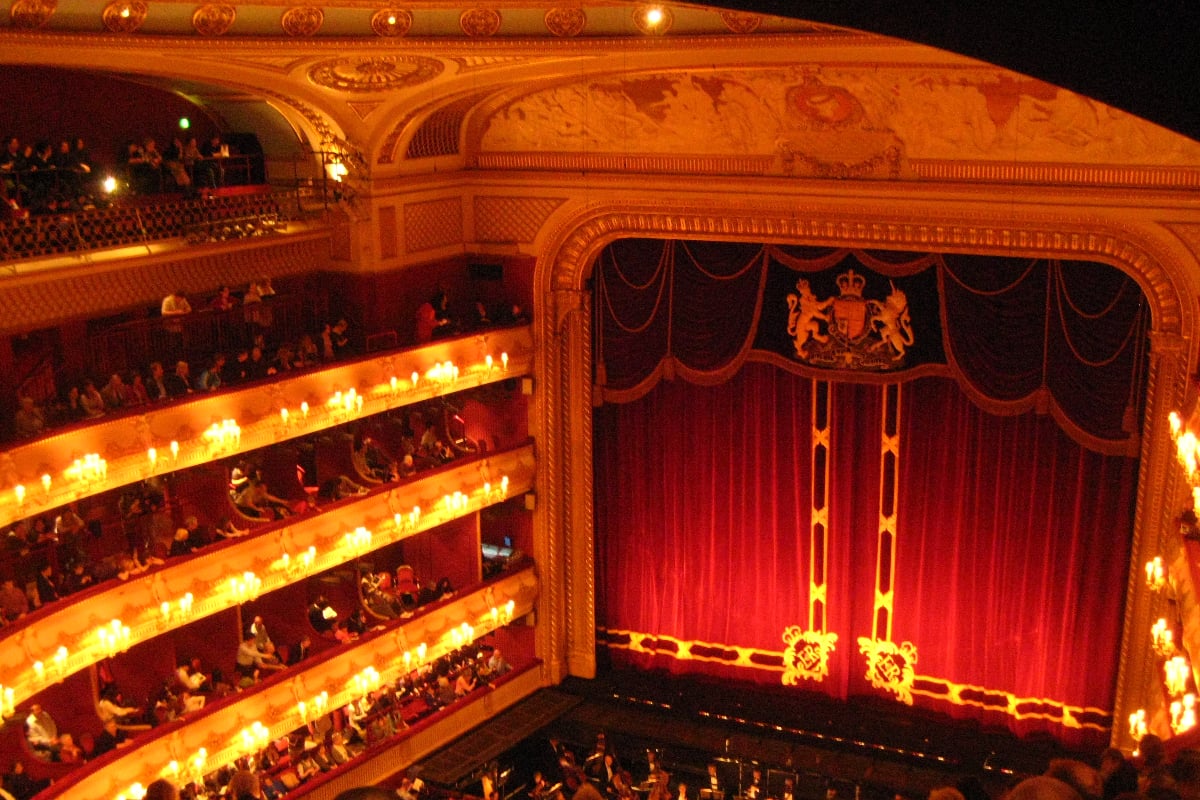
The Royal Opera House is among the top 1,000 UK charities in terms of legacy income
Photo: David Woo/Creative Commons
Legacy income ‘growth area for arts charities’
Only five arts and culture organisations feature among the top 1,000 UK charities by legacy income, but experts highlight potential for significant growth in this field.
Arts and cultural organisations are in a good position to significantly grow income from legacy donations due to "baby boomers" being more likely to leave money for the sector than their predecessors, experts have said.
Data collated by Legacy Foresight, which has been benchmarking UK legacy income since 1994, shows only five arts and culture organisations currently rank in the top 1,000 for legacy income in the UK – Art Fund, the National Gallery, the Royal Opera House, The Landmark Trust and London Zoo.
Collectively, they received £20m in 2021/22, the most recent year where data is available. This is only 0.7% of the overall legacy market share, but it did grow 59% on the year before.
READ MORE:
Legacy Foresight says there is significant potential for growth due to people currently considering legacy donations – those born during the mid-20th century baby boom between 1946 and 1964 – being more likely to pass on money to the sector.
"Currently, although cultural organisations only make up a relatively small proportion of overall legacy giving, there are strong indicators to suggest that there is large scope for potential growth within the sector," Ashley Rowthorn, CEO of Legacy Foresight said.
"[This is] something that charities in this area, which may have experienced a decline in income from other donor sources recently, should feel bolstered by."
The recent funding outlook for arts and cultural organisations has been hit by cuts in public funding, both at central and local government level, while they are also facing increased running costs due to rising inflation.
The Legacy Foresight report reveals that most charities that have successfully invested in legacies start to see a return within five years, with the return on investment continuing to grow for 20 years or more, creating a "secure and solid" income stream.
Unlike other forms of giving, there can be a long time lag between someone writing a gift into their will and the charity receiving the money. For residuary gifts, it takes an average of 6.7 years from last will to death and another 2.5 years to receive all the income from the estate.
"For arts and culture charities, now is an especially pertinent time to invest in legacies, as research shows that the baby boomer generation, who are now considering what charitable impact they'd like to leave, are more likely to give to a cause in this space, due to the positive memories and experiences they associate with organisations who have touched their lives," Rowthorn said.
Art Fund's latest annual report for 2022/23 reveals the charity received £10m from legacy income in the past two years – £6.7m in 2021/22 and £3.3m in 2022/23.
Michelle Wright, CEO and Founder of Cause4, said the next 30 years will see a "vast and one-off" transfer of wealth from generation to generation.
"Many arts organisations don’t consider legacy giving at all as part of their fundraising strategies, sometimes due to a lack of experience but often because the returns are not ‘immediate’ enough," she said.
"Yet as we face a number of competing challenges in relation to generating income to the arts, an investment now is likely to pay dividends in the not too distant future. The costs and techniques needed to get going in legacy giving are minimal for what is both a significant and vital return."
Join the Discussion
You must be logged in to post a comment.